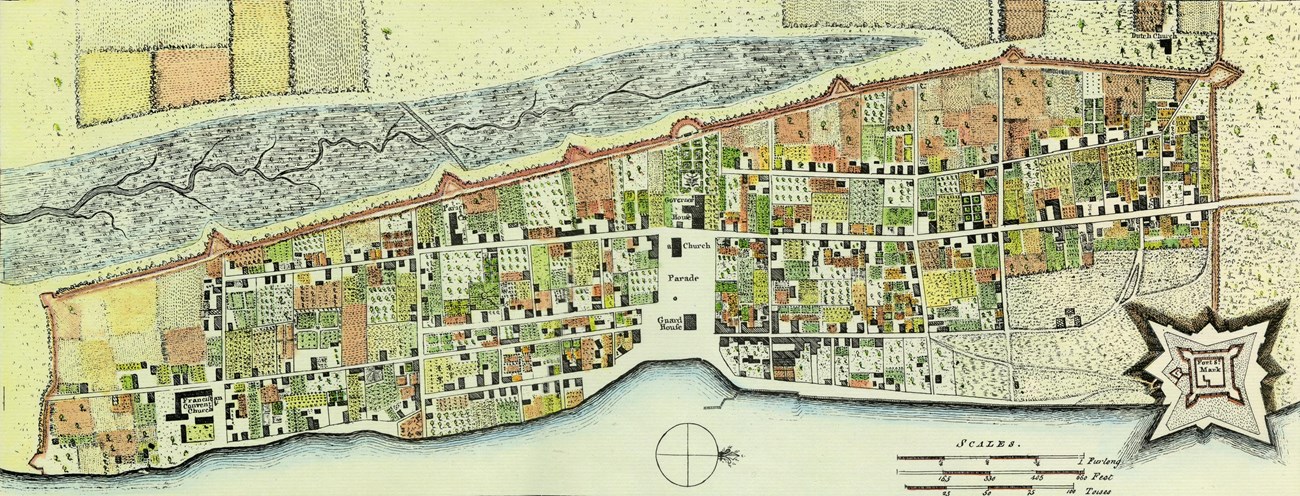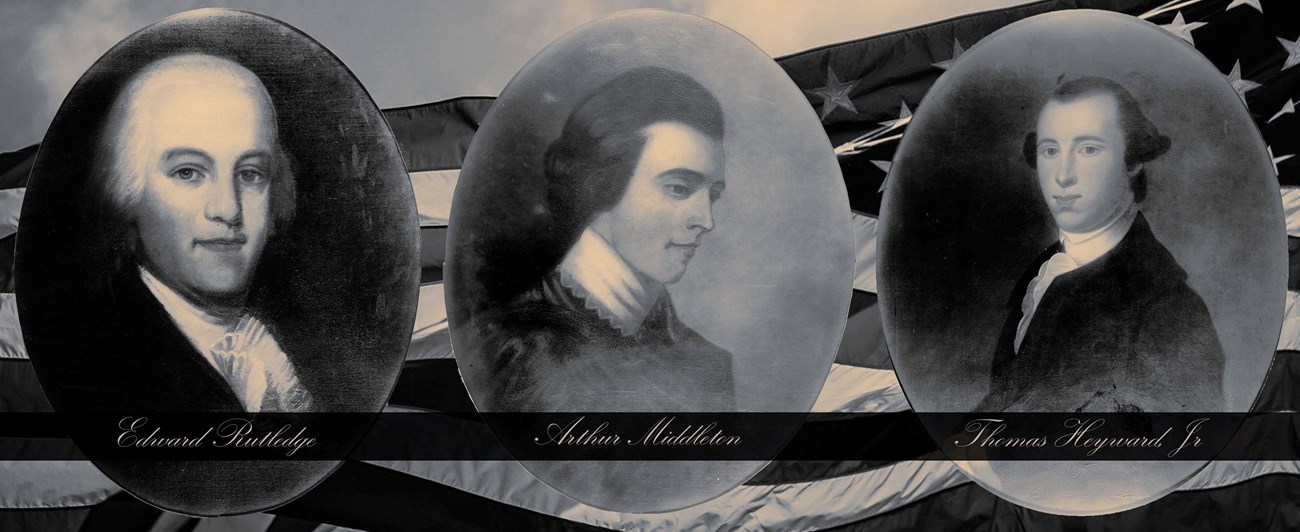Colonial Transition in FloridaFor 200 years, the Spanish Empire ruled over half of the world, but the wealth of the newly ‘discovered’ lands of Africa, Asia, and the Americas spawned rivals to Spanish power in Europe and overseas. A series of conflicts erupted throughout the colonial era. On July 21, 1763, Spanish officials in St. Augustine transferred the territory to British forces under the command of Captain John Hedges of the British Army. A New Power EmergesIn 1763, the Seven Years’ War (or the French and Indian War, as it was called in America) came to an end. Great Britain and her American colonies had won against the combined forces of France and Spain. It had been the first truly world war. The armies of Great Britain had conquered Canada and several French-held islands in the Caribbean. They had also stormed and occupied Havana, Cuba, Spain’s principal seaport and administrative headquarters for much of Spanish America, and Manila in the Spanish Philippines, transshipment point of the wealth of the orient. Without these cities, Spain’s overseas empire would soon crumble. Part of the Treaty of Paris ending the war returned them to Spanish control in exchange for the territory of Florida, which became the British Crown colonies of East and West Florida, giving Great Britain control over all of North America east of the Mississippi River. End of an EraFor the Spanish floridanos, it was a bitter defeat. Though they had successfully defended Florida, they were now forced to abandon the only home they had ever known, one that many of their great-grandfathers had molded from the wilderness. For the English, it meant a new colony to settle and untold opportunities in land and trade. They flocked to St. Augustine, changing the face of the city forever. 
Prosperity and HopeEngland had a strong desire to develop Florida for commercial trade. The London Board of Trade advertised 20,000 acre lots to any group willing to enter Florida. The land, however, had to be settled within ten years, with one resident per 100 acres. While the Privy Council in London granted land titles, pioneer families could gain land grants at the two colonial capitals: St. Augustine in East Florida and Pensacola in West Florida. Former British soldiers were eligible for special grants. Each pioneer settler was given 100 acres of land and 50 acres per family member. To recruit Southerners, slavery was allowed. Under the able administration of Governor James Grant, 2,856,000 acres were so granted in East Florida. RebellionThe French & Indian War changed the relationship between the northern colonies and their mother country. A decade of conflict over economic policy and control, beginning with the Stamp Act crisis in 1765, led to alienation among a rapidly growing population (over 2.5 million by 1776) which was increasingly of non-British origin. Attempts by the Crown to tighten governmental and fiscal control erupted into open rebellion with the outbreak of war in 1775 and the Declaration of Independence in 1776. British StrongholdSt. Augustine, as the capital of East Florida, rapidly became a military stronghold and the central command post for operations in the southern colonies. England decided to utilize Florida as a staging area for British troops assigned to the South. Florida's warm climate would accustom British forces to the American heat, and Florida could develop supplies for the British military. 
Failure and LossMost of the war took place far north of Florida, but cross-border raids increased. In 1779, Spain took advantage of Britain's preoccupation with the colonies and invaded. By 1781, Britain had lost West Florida to Spain. The war’s unpopularity and massive expense continued until by 1784, Britain was forced to concede American independence. 
|
Last updated: April 2, 2018
